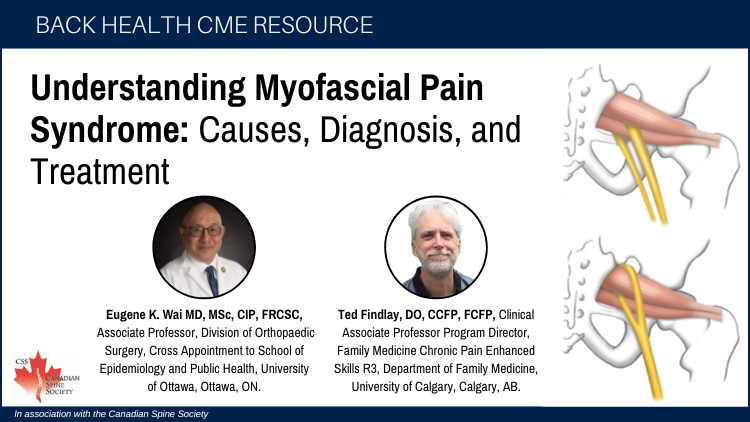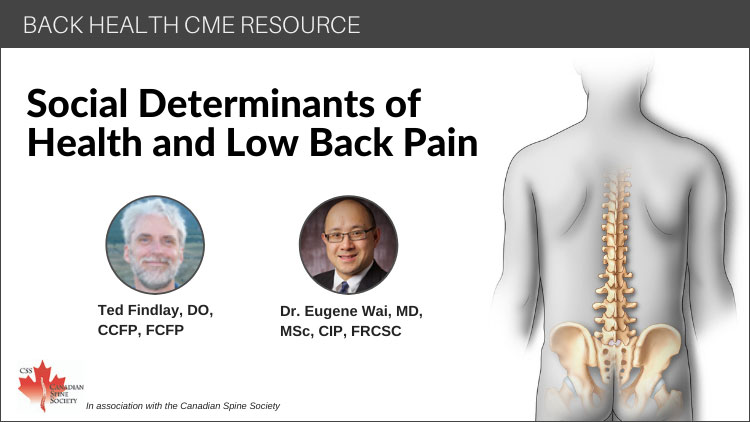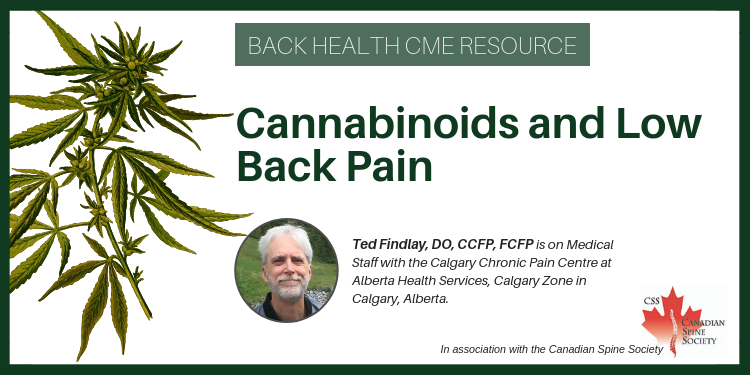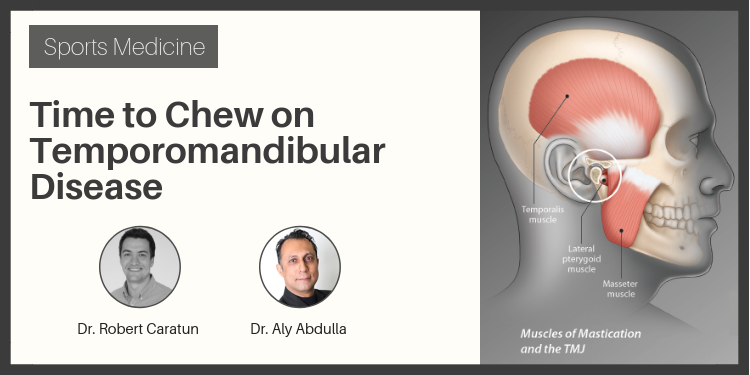Author: Jennifer P. Schneider
Publisher: Healthy Living Books
Reviewed by Jackie Gardner-Nix, MD, Chronic Pain Consultant, Pain Management Program, Sunnybrook and Women’s College Health Sciences Centre; Pain Clinic, St. Michael’s Hospital, Toronto, ON.
You know you’ve been given a good book to review when you wish you had written it! Jennifer Schneider serves up a worthy paperback tome on chronic pain that will be valued by many of those suffering pain or living with a family member with pain. Among its virtues is its accessibility--any reader with at least a grade twelve education should have no problem cracking it. At 304 pages in length, readers are more likely to dip into it for selected topics than read it cover to cover, particularly as chronic pain patients tend to have limited attention span and recall. But for that purpose, it is well worth setting on the bookshelf.
Schneider begins the book with an informative introduction intended for those who live with chronic pain, defining pain and the differences between acute and chronic pain, nociceptive and neuropathic pain, and “breakthrough” pain. She describes pain prevalence in the United States and lists the most common types of pain encountered by physicians: back pain, arthritis, migraines, fibromyalgia, and so on. The NMDA receptors and their role in pain are discussed. Schneider also includes a useful lesson for lay readers in how to interpret evidence-based findings, explaining the different types of clinical studies (double blind, placebo-controlled, etc.).
Chapter 2 addresses finding the right health care professional and assumes the existence of an ideal world where you have a choice! She acknowledges that physicians often undertreat pain due to lack of knowledge and understanding of the condition, and many fear sanctions from governing bodies if they prescribe narcotics.
Subsequent chapters deal with non-opioid medications used for pain and cover all the usual adjuvant medications, including a section on the controversial coxibs and topical agents. One chapter on opioid medications makes it clear that the author is not “opio-phobic”--a welcome fact for many patients who need chronic pain management. However, the reader could potentially misinterpret this chapter as espousing that all pain is responsive to painkillers, as Schneider seems to paint a rosier picture of the role of opioids in chronic pain than perhaps they merit. She cites studies that show efficacy of opioids in various types of pain and tends to ascribe tolerance development (reduced analgesic efficacy over time) as being due to worsening of the underlying condition, a view that is long out of date. Tolerance to analgesic efficacy of opioids is not rare! The studies she quotes do not reflect the true clinical picture of the challenges we face in finding stable doses of opioids that can return patients to the work force or to normal functioning. Similarly, there is no discussion of the extent of the reduction of pain scores by medication interventions and how that translates to improving function. Sleep studies that alert those on chronic opioid therapy to the possibility of sleep apnea are addressed. Nevertheless, Schneider is diligent in discussing side effects of opioids such as constipation, nausea, sexual difficulties, and sedation, and she adequately addresses the issue of driving under medication. Moreover, the proceeding chapter appropriately emphasizes the difference between addiction and physical dependency.
To complete the discussion of conventional therapies for chronic pain, a chapter is dedicated to alternative therapies, including acupuncture, yoga, tai chi, massage, prayer, and cognitive behaviour therapy. The chapter spends little time on meditation but more on hypnosis. Jon Kabat Zinn would not appreciate her interpretation of his mindfulness meditation as a “relaxation technique,” but it is difficult to cover such a wide range of topics and be accurate in describing them all.
One of her particular interests is clearly the influence of personality types on chronic pain, and 61 pages are devoted to describing this--a part of the book many lay readers are likely to go to first. But though she discusses how personality traits affect an individual’s capacity to cope with pain and disability, she fails to connect these traits and the initial development of chronic pain. Moreover, she does not acknowledge the literature dealing with pain-prone personalities or the concept of secondary gain.
Schneider concludes by looking at the indirect and direct costs of chronic pain and describes how family and friends can help the patient. A discussion of current research and new developments rounds out the text.
This book is a good resource for health care professionals and educated readers alike. It would be a worthy reference for health care personnel in locales such as long-term care facilities. Jennifer Schneider has attempted a comprehensive guide on chronic pain, a daunting task considering that many books dealing with clinical issues rapidly become out of date. All in all, this is a timely book that ably sums up where things are, right now, in chronic pain.




